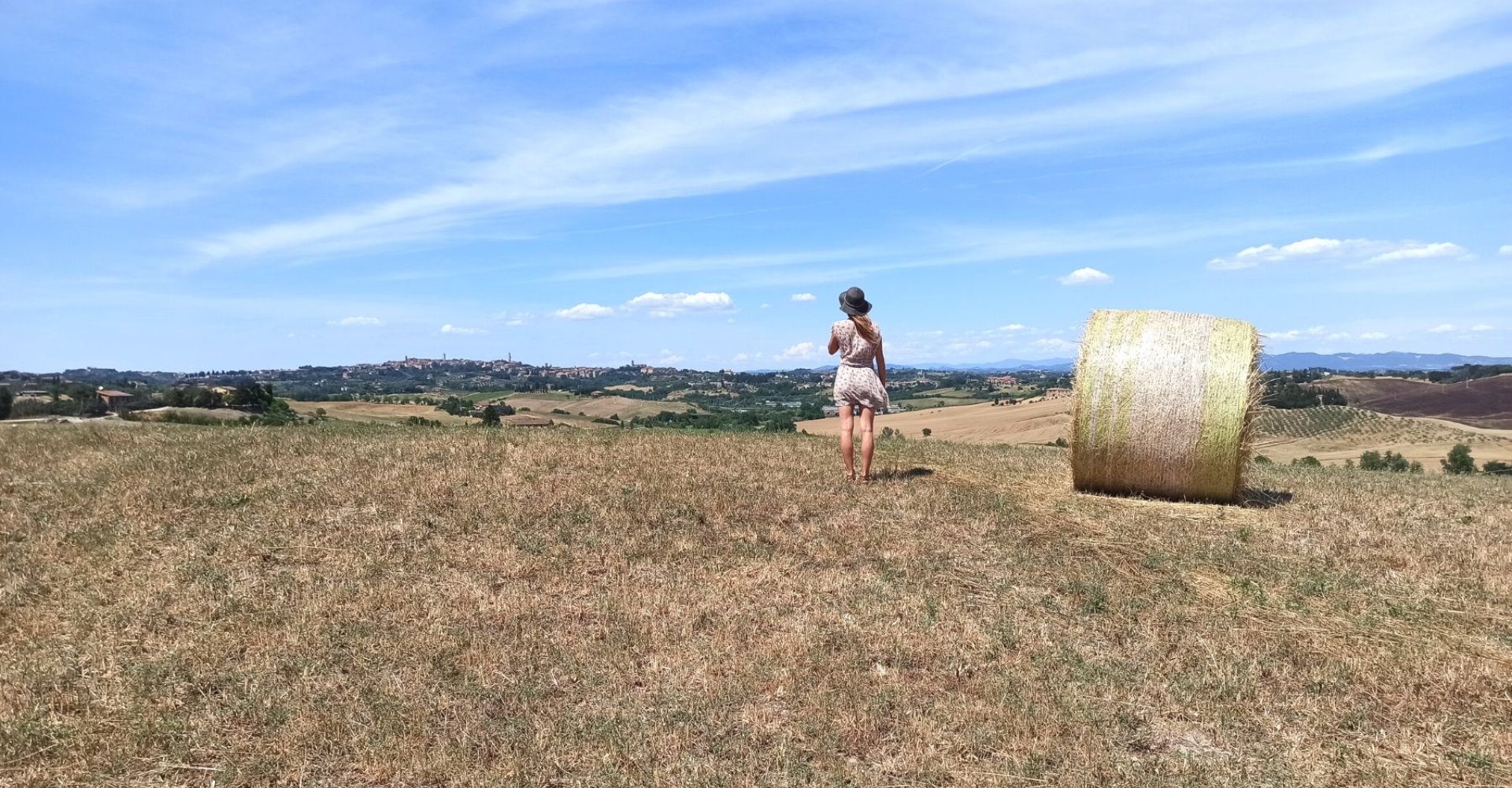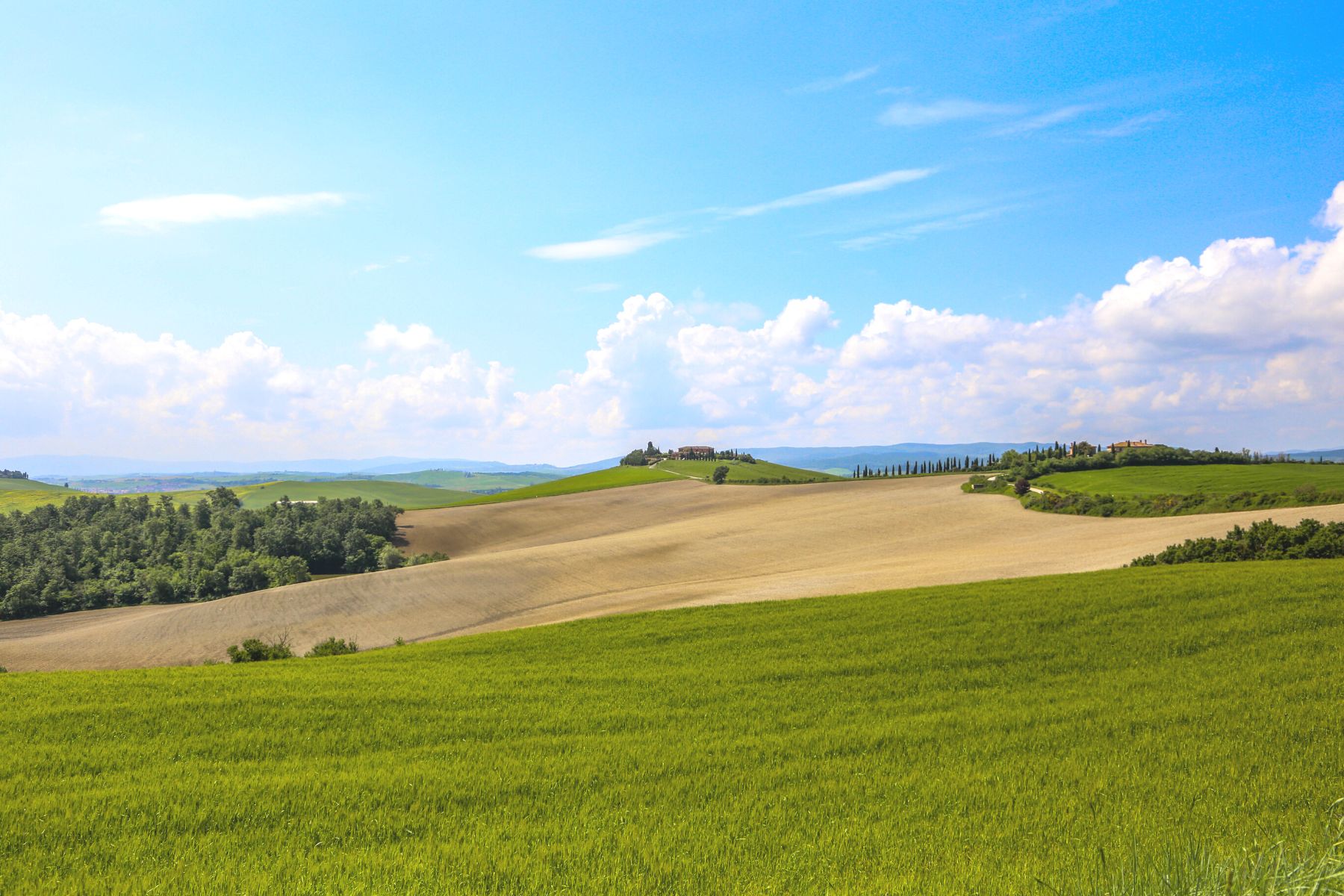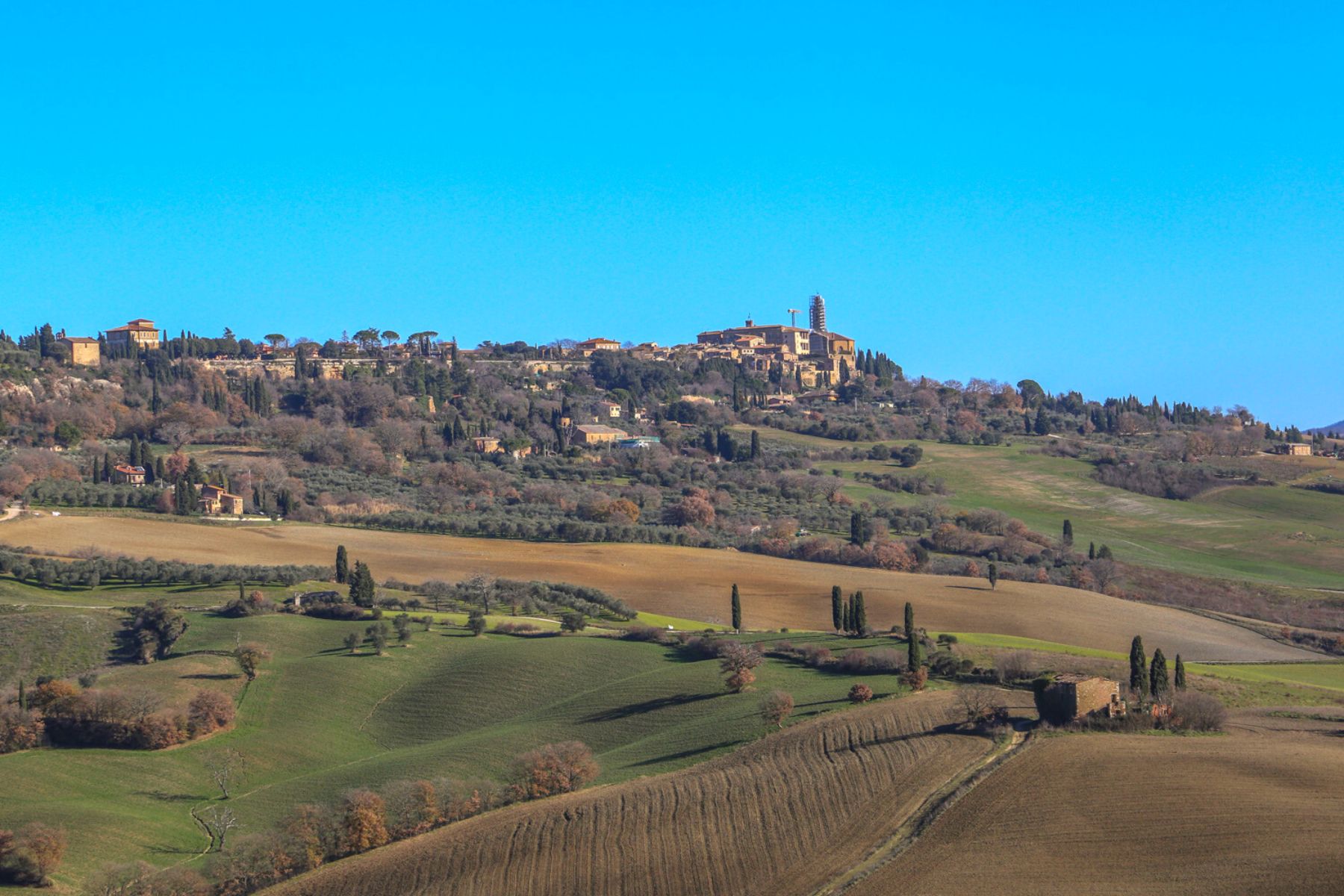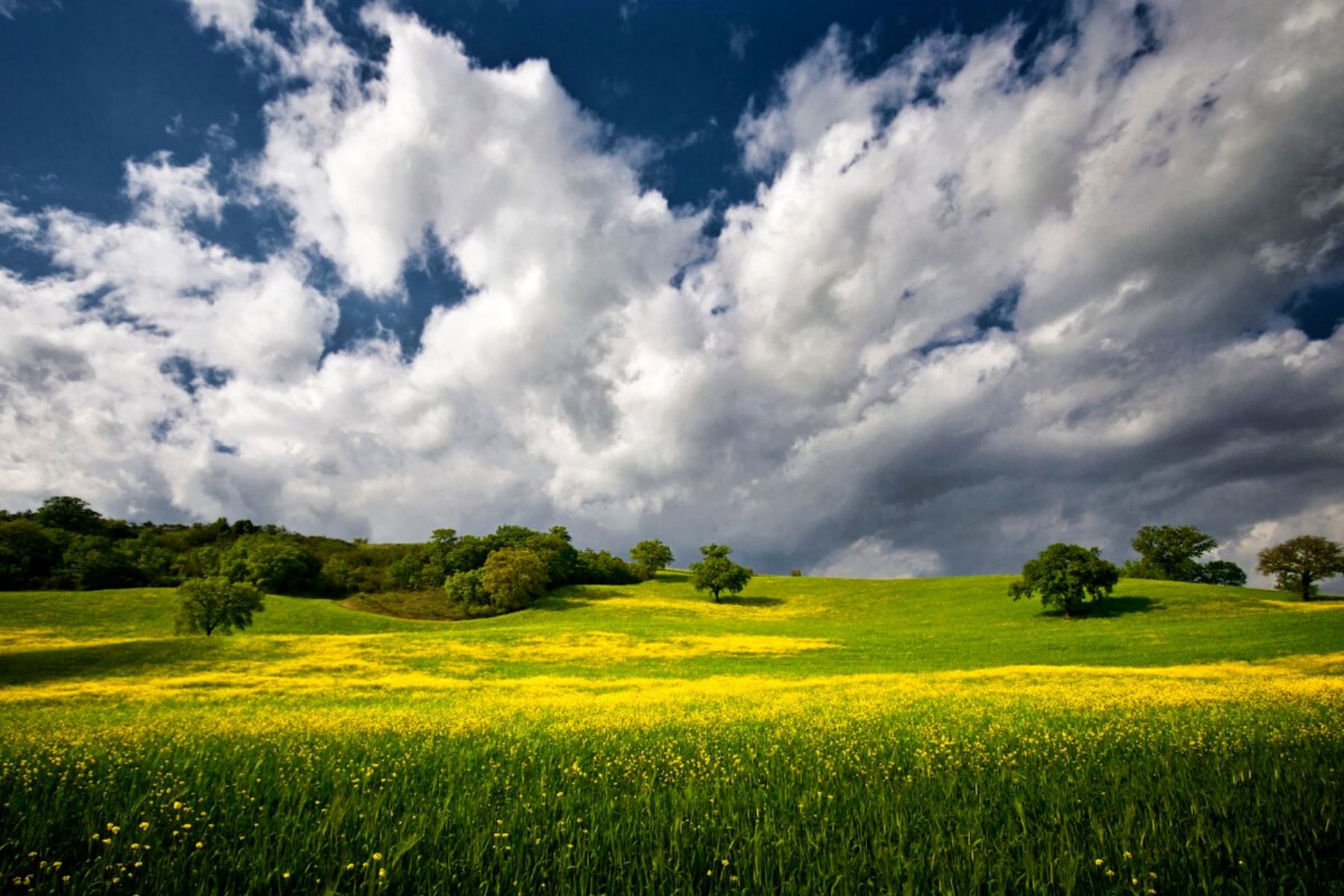
An itinerary among the most beautiful Tuscan hills, where many cereals are grown, and important archaeological evidence
Lovers of life's pleasures, deeply spiritual, master craftsmen and artists, the Etruscans are a people with a unique culture and extraordinary history, characteristics that have ignited interest and curiosity for centuries. They were experts also when it came to local food and products: Livy recounts that the Gauls wanted to conquer central Etruria in the 4th century BC, attracted by the pleasure of wine and the sweetness of the crops. Wheat, as well as spelt and barley, were already being cultivated by the Etruscans, who knew how to exploit the fertility of the land and the flow of water.

In what was once the heart of Etruria, the places where the presence of the Etruscans can be perceived are scattered all around: in Asciano, amidst the lunar landscapes of the Crete Senesi where the necropolis of Poggio Pinci is located, in Monteroni d'Arbia where the evocative necropolis in the woods at Grotti Castle, while Murlo hosts the Antiquarium Poggio Civitate with numerous finds from a royal residence dating back to the 7th-6th centuries BC.

The journey in the places where our ancestors worked the land goes on to San Quirico d’Orcia and Castiglione d'Orcia: the thermal waters located in these UNESCO World Heritage hills offer visitors a magical atmosphere thanks to the pools and springs of Bagno Vignoni, known for their therapeutic and beneficial properties. The same emotions are felt when admiring the springs of Bagni San Filippo and the views of the white, imposing limestone formations. Etruscan collections are also preserved at the archaeological museum of Pienza, in the small historic center, a World Heritage Site, as well as in Cinigiano, where the landscape shapes colors from the gold of wheat fields to the green of vineyards and olive trees as its history merges with Etruscan history.

The Maremma Archaeology and Art Museum in Grosseto and the archaeological area of Roselle are key stops on the journey, along with the civic archaeological museum and the national archaeological area of Vetulonia, for unforgettable archaeological visits and walks.